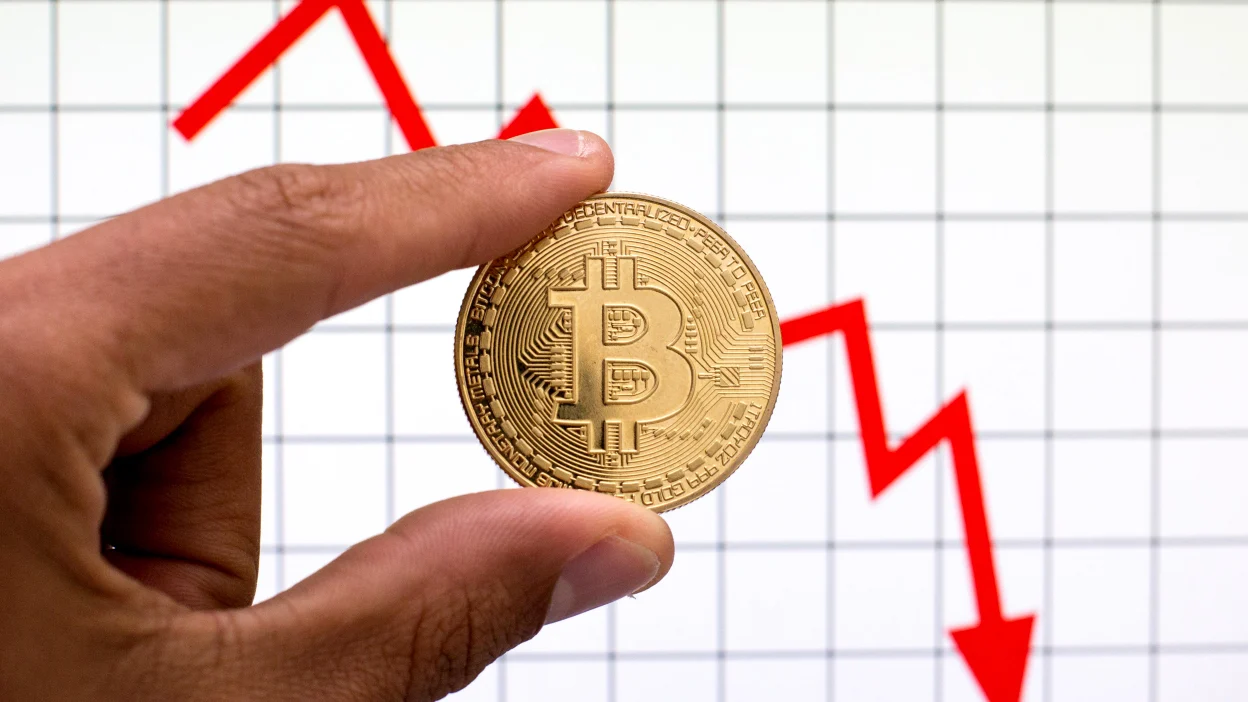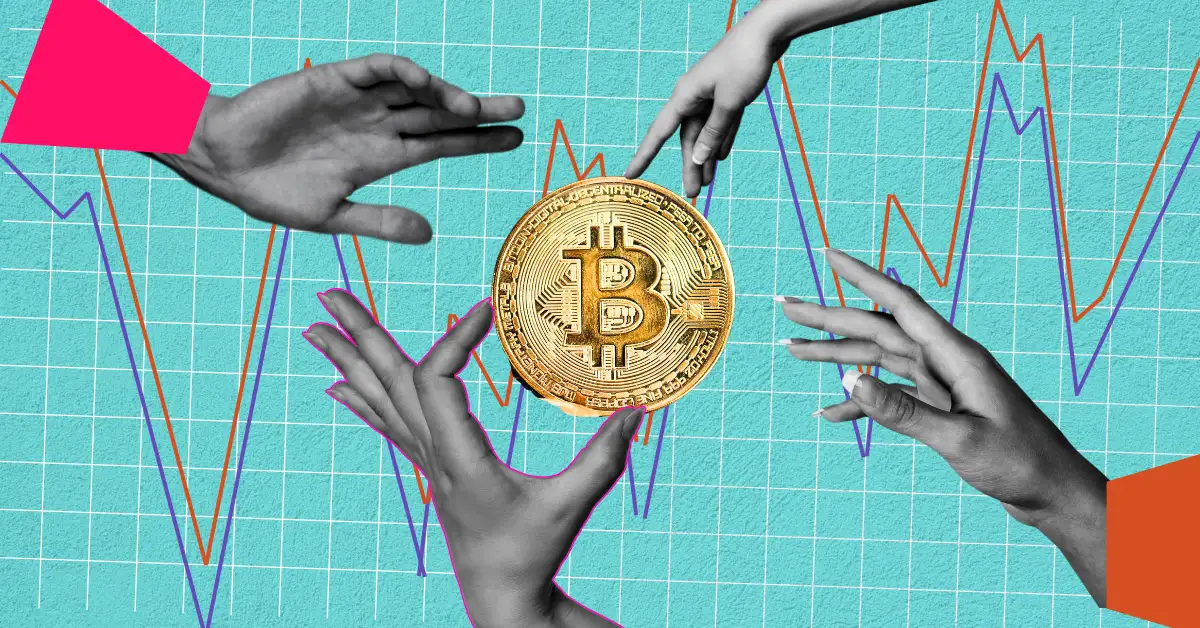Converting cryptocurrency to fiat has never been easy, so the recent collaboration announced between Web3 infrastructure firm Transak and credit card giant Visa is probably welcome news — particularly for users of crypto wallets like MetaMask, Ledger and Trust Wallet.
As Cointelegraph reported in late January, “MetaMask users can now sell crypto directly to a Visa card.” Some 40 kinds of crypto can now be converted into local fiat currency at 130 million of Visa’s merchant locations across 145 countries.
The numbers alone are daunting, but this may also be an inflection point.
“Visa and Mastercard’s reengagement with the crypto sector marks a pivotal turn in the industry’s trajectory,” Antoni Trenchev, co-founder and managing partner at Nexo, told Cointelegraph recently.
“It’s big news for people already using crypto to pay for things — now they have more options and, arguably, better options with how to make these types of payments,” Joanna Wasick, partner at law firm BakerHostetler, told Cointelegraph.
That said, it wasn’t that long ago that Visa appeared to be stepping back from crypto. Almost exactly a year ago, Reuters declared that “Visa and Mastercard are slamming the brakes on plans to forge new partnerships with crypto firms” — though Visa later took issue with Reuters’ assertion.
“This strategic recalibration is not surprising, even with Visa’s distancing itself from crypto a year ago,” said Trenchev last week.
“With market uptake, especially with climbing Bitcoin prices, an approved Bitcoin ETF [exchange-traded fund] and an upcoming ‘halving,’ we’re witnessing the nascent stages of a bull market in crypto,” continued Trenchev. Visa and Mastercard don’t want to miss out, arguably.
As dramatic and sudden as the announcement may have seemed, it is actually part of a larger process that has been going on for some time. “Visa’s decision to enable real-time card withdrawals is the latest step in the monetization of cryptocurrencies,” William Luther, associate professor in the Department of Economics at Florida Atlantic University, told Cointelegraph.
A loss for centralized exchanges?
Still, in a dynamic economy — where “creative destruction” is the norm — there are often losers and winners.
What does this mean for centralized crypto exchanges like Coinbase and Binance? If Visa can convert a holder’s crypto directly into fiat, why does that individual even need a cryptocurrency exchange?
“More users are choosing to directly engage with Web3 through decentralized applications rather than centralized exchanges,” or CEXs, Sami Start, co-founder and CEO of Transak, told Cointelegraph.
Asked about the volume of recent crypto withdrawals to Visa cards, Start declined to provide segmented data, but he did say that the firm’s off-ramp transactions — including Mastercard and Visa transactions — “have experienced a growth of approximately 24.27% from December 2023 to January 2024.”
Recent: CBDCs: User privacy problem or currency of the future?
The threat to centralized crypto exchanges could be exaggerated, however. “The notion that this advancement might disadvantage CEXs and platforms is oversimplified,” said Trenchev. Visa and Mastercard’s involvement in decentralized finance (DeFi) is likely to promote broader cryptocurrency adoption — “which benefits the whole industry.”
CEXs still have a play to role. They are “vital in scaling,” continued Trenchev, whose firm was a pioneer in offering a crypto-backed Mastercard in parts of Europe several years back. They provide a degree of reliability, accessibility and security that many DeFi platforms still don’t offer. He added:
“The appeal of self-custody in DeFi is clear, but it comes with risks, such as lack of insurance.”
Both DeFi and CEXs contribute to the growth of the blockchain ecosystem, Trenchev maintained, and “their successes are mutually beneficial.”
Importance of network effects
Clearly, there is much more discussion now about crypto as a medium of exchange, which was not the case in the depths of the crypto winter.
The biggest hurdle that “would-be” monies face coming out of the starting gate is what economists call “network effects,” explained Luther. They’re not likely to be useful unless your trading partners are willing to use them, and at the outset, few parties are willing to do so, he said, adding:
“Intermediaries like Visa have the potential to eliminate the network effect problem. By converting your preferred cryptocurrency on the fly to your trading partner’s preferred money, [they can make a new] medium-of-exchange much more useful.”
Visa isn’t the first to take this step. Xapo began offering a Bitcoin (BTC) debit card in 2014. “But Visa supports more cryptocurrencies and boasts a very big network. That’s a big deal,” added Luther.
Trenchev seconded this notion that traditional financial firms, including the credit card giants, have been building salients into the crypto world for some time.
In 2021, Mastercard purchased CipherTrace — a leading cryptocurrency intelligence company — to enhance its crypto capabilities, while in June 2023, Mastercard announced its Multi-Token Network, an initiative “designed to make transactions within the digital asset and blockchain ecosystems secure, scalable and interoperable,” according to the firm’s executive vice president Raj Dhamodharan.
We’re introducing Mastercard Multi-Token Network to make transactions within this ecosystem secure, scalable and interoperable as part of our commitment to support the wider #digital asset industry. https://t.co/Vb1JtnSTjx#blockchain pic.twitter.com/MwkkxbyAuk
— Mastercard News (@MastercardNews) June 29, 2023
Visa began supporting the Circle’s USD Coin (USDC) in certain Visa cards in 2020 and followed up in September 2023 by supporting USDC payments settled on the Solana blockchain.
Building new connections is what such firms are designed to do. “The core strategy of the payment rails like Visa and Mastercard is to be the network of networks, penetrating any and all venues where exchange takes place,” Lex Sokolin, managing partner at venture capital firm Generative Ventures, told Cointelegraph.
“Integrating into the networks of Web3 is the most natural thing for these companies,” said Sokolin, “even less ‘risky’ than it is for asset managers to sell crypto as an investment product.”
The question is no longer whether crypto will be a part of mainstream payments and financial services, but rather, how big a part crypto will play, Wasick observed, adding:
“So while crypto might still be a relatively small part of payments and financial services — as compared to cash, say — crypto’s dent is getting deeper.”
Betraying core principles?
Much work still awaits. Some worry about security or loss of privacy. Others fear a growing trend toward financial centralization, which crypto was designed to counter. There are also compliance and tax questions.
“I think the primary reason why crypto holders — at least American holders — balk at using crypto for payments is the same as it has been for years: United States tax law,” said Wasick.
People don’t want to have to think about tax ramifications every time they purchase a cup of coffee. “But doing it directly with a payment platform like Visa is arguably easier than prior payment methods.”
Some crypto purists may view the entry of credit card giants into the space as a further betrayal of the original promise of Bitcoin and other cryptocurrencies for decentralized money beyond the control of any single party, company or government.
Luther gave voice to something along these lines. While welcoming the support of Visa and Mastercard, “I also think it is important to recognize the shortcomings.”
Yes, they will make it easier to use cryptocurrencies to buy things, “but they do so at the expense of some of crypto’s promise.” More specifically:
“They tend to reduce — and, in some cases, completely eliminate — the financial privacy and censorship-resistant features of cryptocurrencies.”
Those features are important, Luther added, and he hopes that future developments “will make it easier to use cryptocurrencies in routine transactions while preserving a high degree of anonymity.”
Instilling confidence?
Finally, what does all this mean in terms of adoption? Crypto adoption is still relatively low — at least as a percentage of the world’s population. And those who own it are often “just holding cryptocurrencies in hopes of price appreciation,” Luther added.
But there is another way of looking at things. In this view, crypto is already a part of mainstream payments and financial services.
“Some institutional investors hold cryptocurrencies. We have access to crypto futures and ETFs,” said Luther, and a soaring number of payment apps are making sending and receiving cryptocurrencies easier than ever.
Related: Is a US stablecoin bill just around the corner?
Visa’s new collaboration is also significant because of the impact that it could potentially have on people who, until now, have been hesitant to embrace cryptocurrencies — i.e., not just current wallet holders.
The giant credit card companies could give crypto fence-sitters the confidence to act. If so, a sort of virtuous cycle could emerge because as “people become more comfortable with payment solutions, those solutions become more ubiquitous,” said Wasick.
“There’s still a long way to go,” Luther summarized. “But cryptocurrencies have come a long way already.”
https://cointelegraph.com/news/visa-mastercard-wallet-crypto-exchanges



